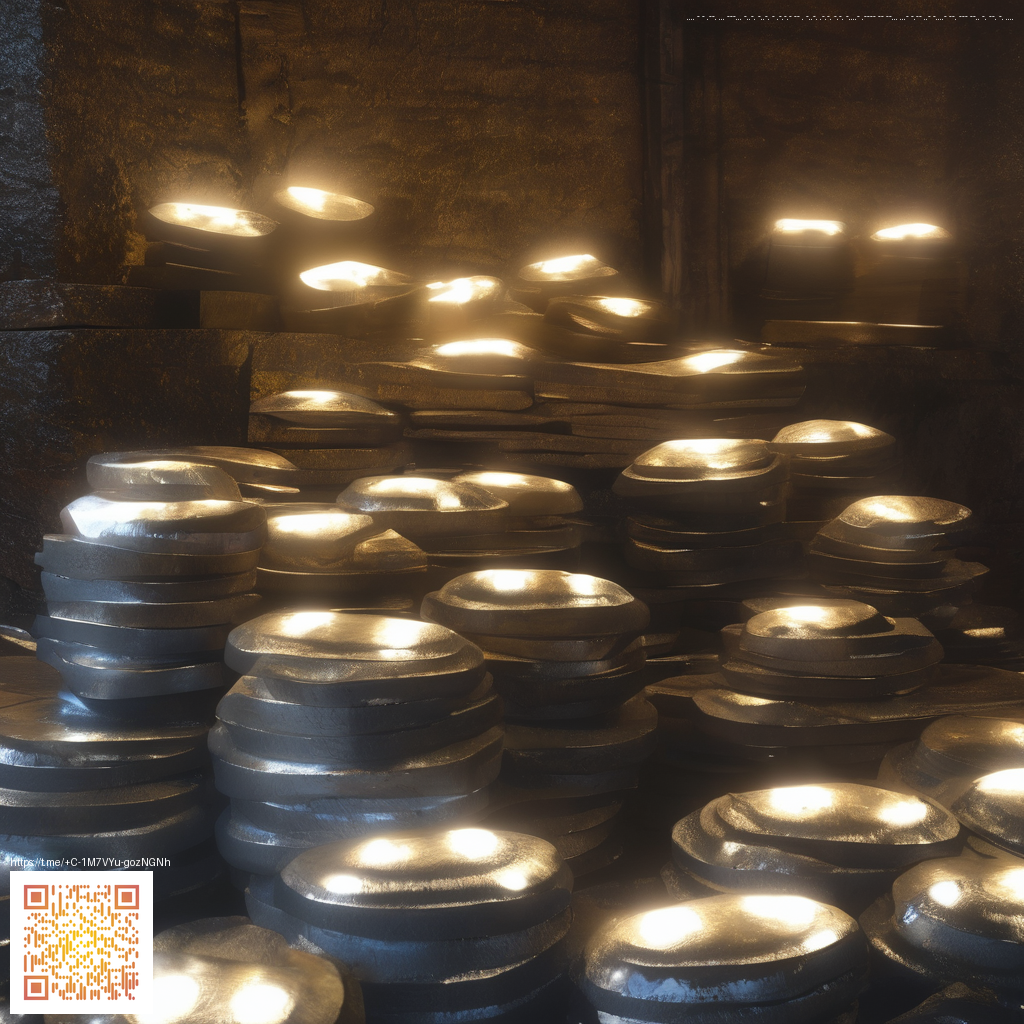
Essential Tools for Digital Paper Creators
As a digital paper creator, your toolkit shapes not only the quality of your work but also the pace at which you can bring ideas to life. The landscape of digital paper—from textures and patterns to interactive layouts—demands a thoughtful blend of hardware, software, and organized workflows. Building a reliable setup means choosing tools that respect your creative process and your body, especially during long drafting sessions. To broaden your workflow, you may want to explore additional guidance at this resource: a comprehensive guide on efficient digital paper workflows.
Hardware that Makes a Difference
- Graphics tablet and stylus are the backbone of precise, natural line work and texture application. Whether you favor a tablet-first workflow or an iPad with a stylus, a responsive pen and a pressure curve you trust save countless revisions.
- Calibrated display with accurate color reproduction ensures your textures, papers, and ink tones read consistently across devices. Look for an IPS panel with good gamma stability and factory calibration options.
- Ergonomic peripherals support long sessions without fatigue. For comfort and support, many creators pair a responsive mouse with a memory-foam wrist rest—a small upgrade that yields big gains in focus and endurance. If you’re curious, the foot shape neon ergonomic mouse pad with memory foam wrist rest is a popular pick for desk comfort during extended drafting marathons.
- Quality storage—an SSD-based external drive or fast NAS—keeps your asset library, textures, and project files accessible without slow load times.
Software Stack for Paper-Centric Creation
- Vector and raster editors form the core of most digital paper work. A strong combination might include a vector tool for scalable elements and a raster editor for textures and shading. Look for features that support high-resolution exports, smart guides, and precise alignment.
- Layout and typography tools help you assemble text blocks, captions, and editorial layouts with consistent spacing and kerning. Efficient typography workflows reduce the time spent on revisions and improve readability across print and screen formats.
- Texture and pattern libraries keep your papers looking cohesive. A good package will let you organize textures by color, weight, and repeat pattern, so you can quickly audition options without breaking your flow.
- Note-taking and asset management apps capture ideas, references, and color palettes. A robust search and tagging system helps you locate assets during late-night edits or early-morning project kickoffs.
Workflow, Organization, and Version Control
A tidy workflow eliminates chaos and accelerates iteration. Centralize your assets with cloud storage, and adopt a consistent file-naming scheme and folder structure. Consider lightweight version control for design files to track changes across iterations without getting bogged down. Notion, Trello, or simple task checklists can keep you aligned with deadlines, while a quick backup routine guards against data loss.
“Great tools don’t just speed you up—they shape how you think about and refine your work.”
Every creator benefits from a setup that minimizes friction. The practical combination of precise hardware, capable software, and a disciplined workflow helps you stay in a flow state, where ideas translate into polished papers rather than interrupted sessions. If you’re exploring ergonomic comfort as part of your setup, consider pairing your core tools with a supportive desk accessory or pad—things that keep your hands and wrists relaxed during those long drafting sprints.
When you’re ready to customize your kit further, keep your primary goals in mind: accuracy, speed, and comfort. The right mix of hardware and software makes it easier to experiment with textures, layouts, and typography, so you can deliver digital papers that feel crafted and cohesive—without fighting against clunky tools.
Putting It All Together
To keep your focus on the creative process rather than the logistics, assemble a concise list of must-have items and a repeatable workflow. You’ll often find that a small, well-chosen set of tools outperforms a sprawling, inconsistent collection. For more ideas on building a streamlined, paper-focused toolkit, you can revisit the resource linked above anytime you want a quick refresher on best practices and setup tips.